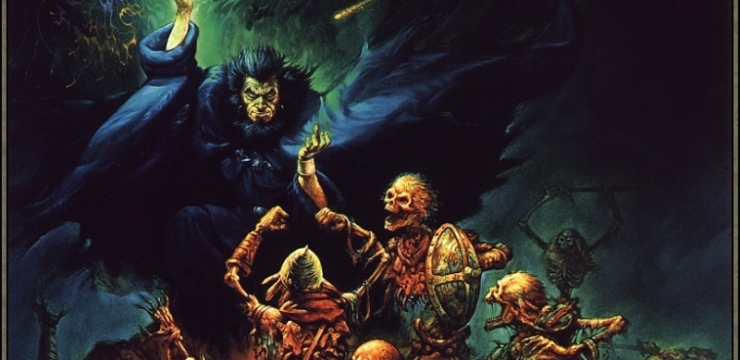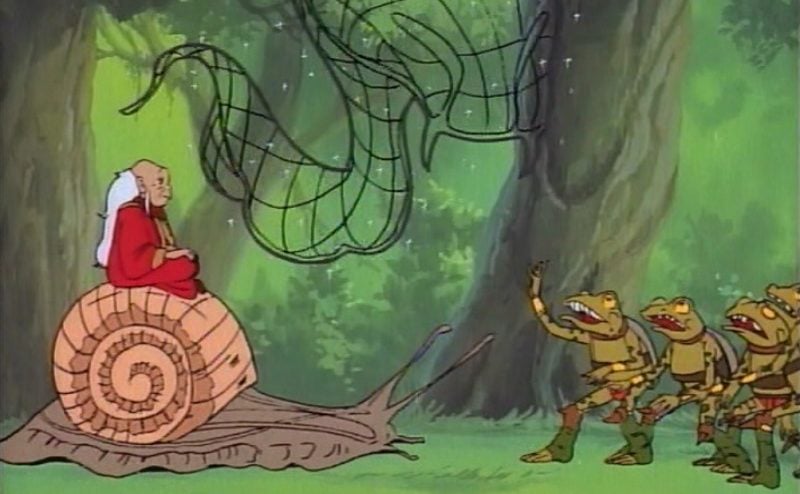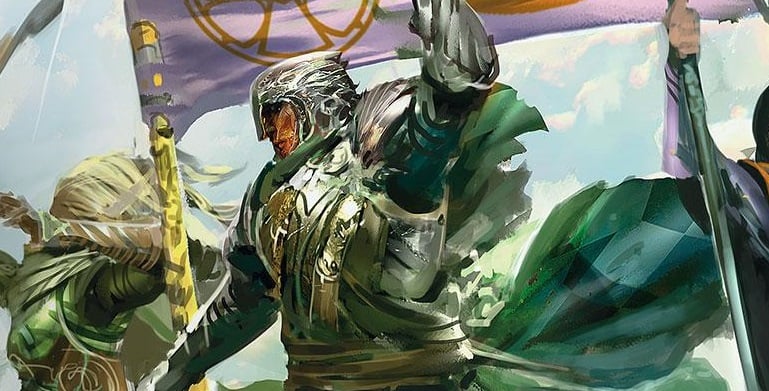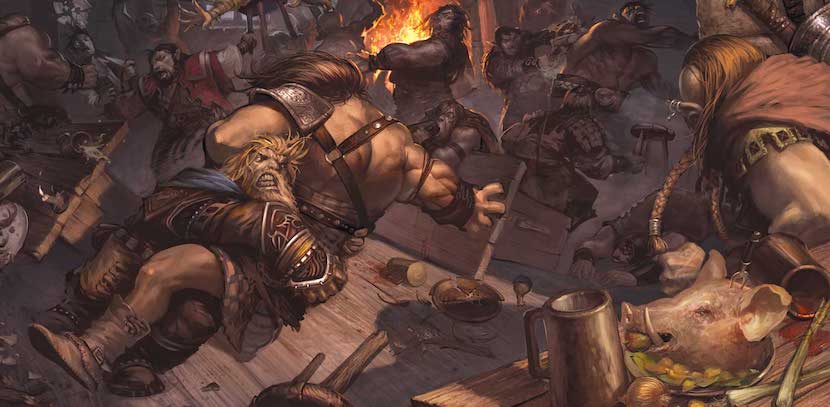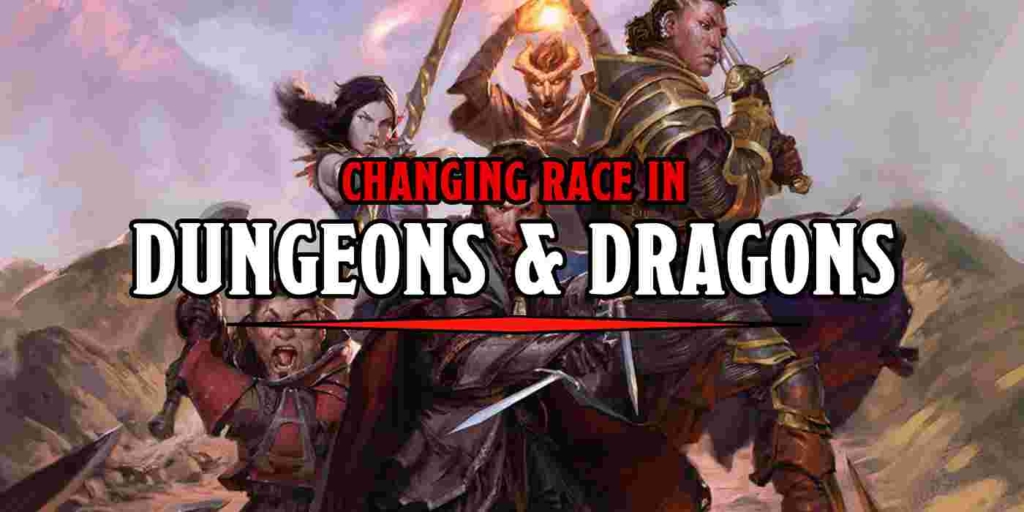D&D: Splitting The Party – Not As Bad As You Think
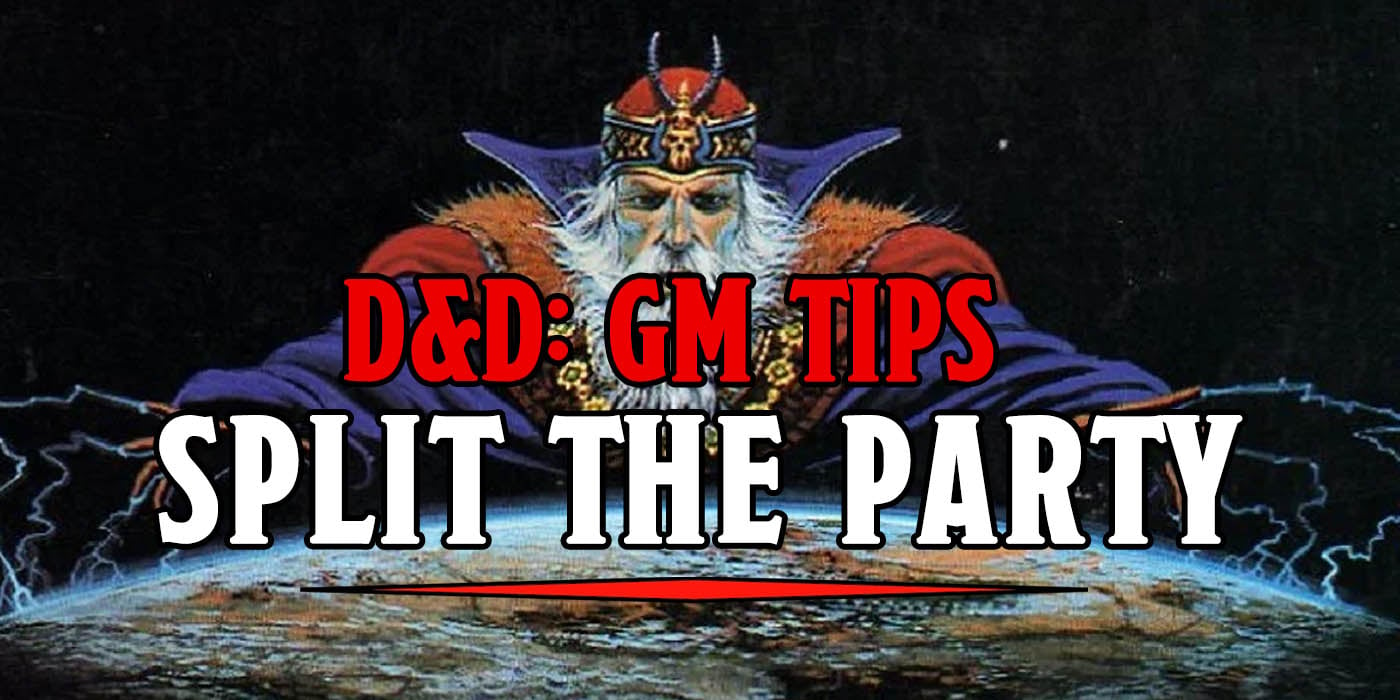

You should never, ever, under any circumstances split the party. So naturally, we’re gonna talk about how to do exactly that…
Yup, that’s right. Fire up the Mystery Machine and prepare to figure out what is really going on in that “haunted” amusement park, and just who that Phantom Poltergeist really is.* Because it’s time to split up the party just like those adventuring pioneers, Scooby and Co…
But before we go off flying in the face of conventional wisdom and sanity and talk about ways you can do it. Let’s talk about why you’d want to.
For starters, splitting up the party can help spread the spotlight around. Even in a relatively small group, it can be tricky to get each player some time in the spotlight. When you get the party separated from each other it sort of forces each character to take a little more “screen time” even if the gm’s attention is ultimately divided.
Secondly, even if you split up the party into smaller groups–you’re still giving space for the party to breathe and explore different relationships. It’s a chance to pair up characters who normally don’t team up/interact with each other much (especially if they sit further away from each other)… and it’s a chance to see what these characters are like when they’re outside of their normal groupings.
The necromancer and the paladin had trouble seeing eye-to-eye after the…incident.
Thirdly, it’s a chance to up the scale and the stakes of the world. This is a trick that other storytelling formats get to use a lot–Han Solo goes off to disable the shield generator while Lando leads the attack into the Superstructure as Luke confronts Emperor Palpatine–it gives the world a sense of “oh things are happening and they’re big.” Splitting up the party can have characters all working towards the same goal, but doing different things (which possibly give them their moments in the spotlight or pair them with unlikely allies).
And finally, it can help you challenge them. One of the big reasons they tell you to never split up is because it’s easier to kill the party–but really it’s because when the party’s all together it’s easier for the party to focus on a single target and eliminate foes quickly and efficiently. Split them up and you rob them of their greatest asset–cooperation. This lets you add a little bit of tension to any kind of scene.
Pictured: Tension.
There are plenty other reasons, of course, and feel free to list yours in the comments, but this is a good jumping off point. Really the point is to understand why you’re breaking from a rule like this. If you know what you’re doing and why depart from the rules that ‘everyone knows’ and that you ‘never break’ then you will have a much better time breaking them. You’ll be aware of potential pitfalls, but have a goal for guidance.
So now, onto how.
Splitting Up Is Hard To Do
Be prepared. This is the number one key to handling the party getting split up. It doesn’t even take a whole ton of preparation–but if you’re going to do it, you probably should have some idea of what the party is going to get up to when they split up. Good news for those of you who like to wing it–the players will be doing most of the work as to figuring out exactly how to accomplish their goals. Giving something broad like, “disrupt the ritual summoning” or “prevent the attack on the coronation” gives your players license to get creative with what they’re doing.
I like to think of stuff like this in terms of events. What is the party trying to accomplish (and why might they split up). Are they trying to stop something big from happening? Are they working to fight a foe they can’t take down even as a party–this is less for mega powerful big things (though having the party climb up a foe and fight Shadow of the Colossus style would be pretty rad… hmmm…), and more for taking on organizations.
After all, it’s hard to stab everyone in the sinister Lolth Cult at once, but you can stop their plans by hampering their recruitment efforts, disrupting their rituals, exposing their schemes, etc. If you really want to have more prepped, you can break up one activity into sub activities like that, and just tell the players, “here’s how you accomplish this big step, which of you is going to do what and when.”
Focus is your friend. Splitting up the party means splitting up your attention. It’s definitely extra work–you have to juggle the flow of each scene, trying to keep them interesting as you flit from one to the other. Spend too long on one thing and players will start to lose interest in what’s going on. We’ve talked before about the natural rhythm of attention as it waxes and wanes over the course of a session. Once you get a sense of who’s ready to do stuff, just jump to them.
Try ending each scene on a prompt for your respective players. Give them something to think about, or something to plan on doing. This way they’ll have something else to do should their minds wander when the focus shifts off of them to one of the other party members. Your players may just be interested to see what’s going on though, especially if you’re challenging their respective characters in a different-than-usual way.
Split the characters, not the players. After all, just because you’ve got the party separated, it doesn’t mean the characters will be acting on their own. You can take a cue from running things like vignettes/flashbacks, which we’ve covered in another article. If you know the party’s going to split up, come up with (or better yet, get your players to) a few characters for the other players to run while the main party member has their adventure. This can help keep everyone interested while the rest of the party is off doing whatever.
It also can make it easier to add to the sense of scale–or to the importance of the character. You can make a character seem more important by giving them a “command” (which can just be like three guys with spears), or you can have them accompany characters who’ve been popular around your table and again, get to explore those relationships that might otherwise take a back seat.
Simultaneity and you. I am a big fan of running things along roughly the same timeline. Especially when it comes to things like combat. Not to say that you have to have every fight happen simultaneously, but, if you know there’s going to be a lot of combat, try and pace the jumps in focus so that everyone wraps up as they’re about to fight, then just run the various fights as a single encounter with a single initiative track.
Heck this is a great way to dip your toe into the waters of party splitting. Don’t even separate them from the encounter, just have it happen across multiple rooms. Get an enemy that can teleport foes and scatter your party across a small section of your dungeon. Let them work out that they’re separated (but not by much) and figure it out. Keeping things in initiative order (and zoomed in on bullet time) is a great way to practice splitting your attention among your players.
Plan for everyone to get back together. This is how you stick the landing. Because, after all, the whole point of splitting up is usually so that you can finally accomplish something all together. So once you’ve realized that the party is separating, start looking for ways they can get back together. This can be things like all converging on the same room (even if they’re coming in from different entrances), which gives you a good focal jumping off point, or maybe having each party member need to get back to a certain landmark with a time pressure added to it.
Just try and keep things moving while they’ve split, and before you know it, the band will be back together. And they’ll have learned that they can split up, and that they’ll each have something to do (even if it’s short) while they’re apart. No more sitting back and waiting for the results of “scouting,” not when you can keep your players active and engaged, even if they’re apart from each other.
Have you ever split the party and lived to tell the tale? Let us know!
*It’s probably the side character introduced about five minutes in at the beginning of the episode, but then quickly forgotten…


